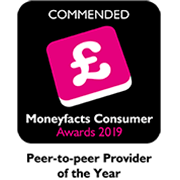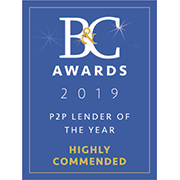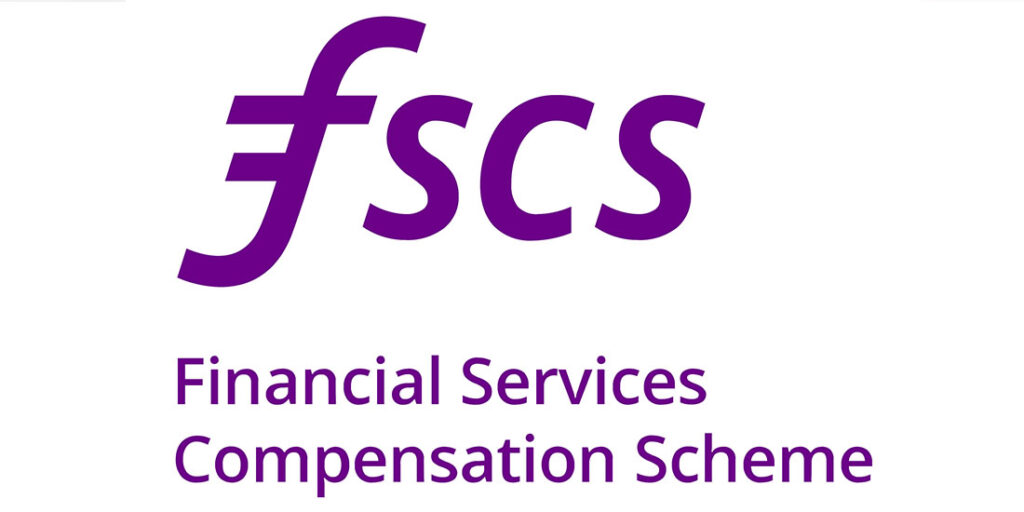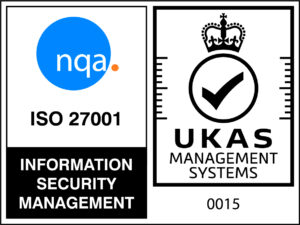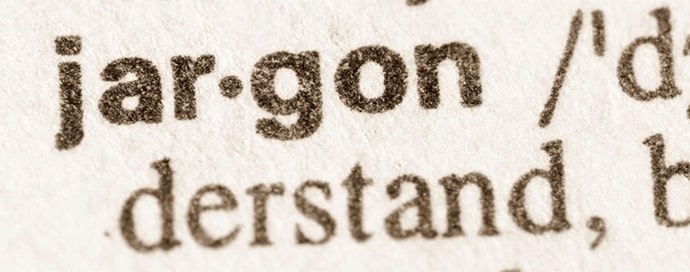
Peer-to-Peer Jargon Buster
When it comes to peer-to-peer investing, some industry terms can sound a little confusing, although P2P is actually one of the most accessible types of investment – with Kuflink, you can get started from just £100! *
We’ve put together this handy jargon buster to help you ensure you’re up to speed and ready to invest when a P2P opportunity next catches your eye:
Peer-to-Peer: Often abbreviated as P2P, peer-to-peer lending is the process of one business or individual lending money to another, usually facilitated through an online platform. It’s an alternative way of matching borrowers with lenders that, in comparison with most high street banks, provides quicker access to finance for borrowers and higher interest rates for lenders.
Bridging Loans: Think of bridging loans as finance used to ‘bridge a gap’ – they are a quick way to secure funding, which usually acts as an interim measure whilst borrowers explore longer-term options. All loans available to invest in through the Kuflink platform are bridging loans.
FCA: The Financial Conduct Authority is the regulator for more than 56,000 financial services businesses in the UK. Kuflink is authorised by the Financial Conduct Authority, which means you can rest assured that our platform meets the highest security standards, and we are compliant with industry regulations.
Loan-to-Value: Loan-to-value (or LTV) expresses the total loan amount as a percentage of the loan security. For example, if you borrowed £50,000 and gave a £100,000 asset as security for the loan, the LTV would be 50%.
Loan to Gross Development Value: Gross development value refers to the expected value of a development once it is complete, if it were to be sold on the open market. The LTGDV expresses the value of the loan as a percentage of the gross development value.
Anti-Money-Laundering Check: An anti-money-laundering, or AML, check is how we verify the identity of our investors. As part of our FCA regulation, Kuflink must confirm the identity of each investor by requesting their driving license or passport details – this is not a credit check and will not leave a footprint on your credit file.
First / Second Legal Charge: Having a legal charge over a property simply means that, in certain circumstances, you have a right to take possession of, or sell, the property. It might be helpful to think about this in terms of a mortgage – the borrower is the legal owner of the property, but the creditor retains sufficient rights over the property to enable them to enforce their legal charge, should the borrower not keep up repayments. The creditor in this instance can be first in line (first legal charge) or second in line (second legal charge).
Default Risk: We take a number of steps to minimise the risk of a borrower defaulting on their loan. We perform rigorous assessments on borrowers to ensure that we only lend to those who we believe will comfortably meet their repayments. As loans are secured against property, should a borrower default we will take appropriate steps to recover losses. This does not, however, mean your investment is totally safe – your capital is at risk.
Kuflink’s 20% Guarantee: Kuflink are proud to be the only platform in the UK to guarantee 20% of each loan, in the unlikely event of a loss occurring. This means that if the borrower defaults, we will minimise risk to investors by covering 20% of the deal amount on a first-loss basis.
Put your new knowledge to great use, sign up to Kuflink’s online platform today! View our live opportunities and invest in one or many of them to start earning up to 7.2% interest pa gross*.
*Capital is at risk. Rate correct as of April 2018. You should seek independent financial advice.







